A Review of the Application of Simulated Altitude (Hypoxic) Training to a Range of Athletic Adaptation
by Kathryn Archbold1 and Kenneth Graham1. 1NSW Institute of Sport.
Background
There has been an increasing focus on the impact of altitude on athletic performance since the 1968 Olympics in Mexico City and the concomitant rise of athletes from geographic locations where living at in rarefied air seemed to confer a performance advantage.
Since then a number of options have been trialled by coaches and scientists to gain the reported benefits of altitude on athletic performance. These include relocating athletes to venues located in more mountainous regions and, living in the mountains and training at lower altitude.
More recently scientists have sought to bring the mountain to the athlete by the use of “altitude houses” and hypoxic tents, where air with a reduced oxygen concentration is used to simulate to rarefied air experienced by living in the mountains.
While this approach has been shown to be effective in contributing to performance improvements in endurance events there are a number of logistical limitations to this approach (such as living in the hypoxic environment for 16 hours per day) and the expense in providing facilities.
More recently, there has been evidence, in the research literature, for the benefits of training in simulated altitude across a wider range of sports activities including sprint, power and repeated sprint sports. This approach is less disruptive to normal life patterns, can accommodate a greater number of athletes accessing the facilities and, may actually result in better competition performance due to the combination of a greater training stimulus and a higher quality of recovery-adaptation in a sea-level environment. (Figure 1).
There is also evidence that the use of lower oxygen gas mixtures may provide the muscle with a metabolic stimulus without the need to exercise at higher intensities and mechanical loads. This can be an important part of the performance rehabilitation and training progression of athletes returning from illness or injury.Endurance performance
Maximum Oxygen Consumption (VO2max) and Lactate Threshold
Increases in VO2max (l.min-1 and ml.kg.min-1), lactate threshold, simulated 30km time trial (TT) performance and mean power for the TT were reported in trained male cyclists in response to three weeks of hypoxic training (Czuba et al 2011). Two groups of 10 male cyclists (VO2max = 67.7 and 67.8 ml.kg.min-1) were recruited for the study. Both groups undertook the same training programme with the addition of 15.2% inspired oxygen concentration (approximately 2600m simulated altitude) to three 1-hour sessions each week for the treatment group while the control group undertook the same training at 21% inspired oxygen concentration. Arterial saturation, as measured by pulse oximetry, was in the 80-85% range during the hypoxic sessions and 94-95% in the group doing the same session in normoxia.
Rodriguez (1999) compared an exercising vs non-exercising group over 9days at simulated altitude (4000m-5500m) for 3-5hrs/day. Significant increases were seen in maximal exercise time and maximal pulmonary ventilation possibly as a result of improved haematological values and well as an increase in the lactate threshold.
Katayama (2003) and Roels (2005) also found an increase in VO2max following hypoxic exposure (resting exposure and intermittent hypoxic interval training (IHIT) respectively) despite no change in haematological parameters.
Enhanced Mitochondrial function
After a 6 week training program, mitochondrial function was increased (through qualitative but not quantitative changes) as shown by an increase in Km for ADP. This represents a shift in mitochondrial respiration to a more oxidative state allowing better coupling between energy demand and supply resulting in an increase in time to exhaustion and VO2max. The results occurred with only 12-20mins of hypoxic exposure (14.5% O2) at VT2, twice a week (Ponsot 2006).
Katayama (2004) and Serebrovskaya (2002) both found a downward trend in the oxygen cost during submaximal power outputs. They suggest this may be a result of an alteration in mitochondrial respiration, allowing it to be more economical and efficient in oxygen transport. Ie. This change may increase the amount of ATP produced per mole of oxygen consumed, thereby resulting in less oxygen required for the same amount of energy produced. Worth noting is that Katayama’s results occurred without the use of hypoxic training, instead using resting hypoxic exposure of 3hrs/day for 12days at 12.3% O2.
Haematological parameters
Rodriguez (1999) compared an exercising vs non-exercising group over 9days at simulated altitude (4000m-5500m) for 3-5hrs/day. Significant increases were found in Hct, RBC count, reticulocyte count and Hb concentration (all associated with increased blood oxygen transport), yet there was no difference between groups- indicating that hypoxia alone was responsible for the changes. The authors concluded that very short term intermittent exposure to moderate hypoxia activates the erythropoietic response and improves endurance capacity in healthy subjects.
An increase in EPO has also been found following 5.5hrs exposure to hypoxia (3000-400m) in a rested state (Eckhardt 1989). It has been suggested that the duration of hypoxic exposure is the most important factor when considering the effects of erythropoietin release (Hamlin 2010).
HIF-1
Hypoxia inducible factor (HIF-1) is a specific oxygen-sensing transcription factor that plays pivotal role for the functional adaptations to hypoxic training. If there is a significant drop in cellular pO2 (eg. in hypoxic conditions), the signalling protein responsible for oxygen level monitoring hypoxia- inducible factor 1 alpha (HIF-1a) triggers the transcription of a large number of genes to counteract the effects of this reduced oxygen supply to cells. These include improved oxygen transport capacity in the blood due to an erythropoietin-induced increase of the haematocrit, induction of neovascularization by an enhanced expression of the VEGF, more efficient utilization of oxygen due to an increase in glucose oxidation induced by activation of glycolytic enzymes, and possibly also a reduction of negative effects on tissue growth and body weight during chronic exposure to hypoxia. From these studies, it can be inferred that activation of HIF-1 might lead to adaptations, which improve oxygen transport, substrate oxidation, and probably tissue growth, adaptations that are also known to influence exercise performance capacity in humans.
Vogt (2001) studied 4 groups of subjects who trained 5 days a week for 6 weeks. Subjects were divided into hypoxia (3580m) and normoxia as well as high (Blood lactate=4-6mM) and low intensity (2-3mM) training in each of these conditions. The level of HIF-1a mRNA increased after training under hypoxic conditions, irrespective of the level of training intensity. Myoglobin and VEGF (vascular endothelial growth factor) were also increased but only after the high intensity hypoxia protocol. Vogt concluded that high-intensity training in hypoxia elicits molecular and structural adaptations favoring oxygen transport and utilization in human skeletal muscle under oxygen- restricted conditions and may result in enhanced exercise performance at altitude. Dufour (2006) has
expressed the importance of sufficient hypoxic exercise intensity and duration within intermittent hypoxic training (IHT) programs in order to reduce oxygen pressure in the active muscle and achieve a substantial HIF-1 in order to obtain significant performance improvemetns in already trained athletes.
Buffering Capacity
An increase in heat shock protein (HSP), one of the hydrogen ion buffering proteins, has been reported in response to exposure to hypoxia (Taylor et al. 2010). Increases in the concentration of this protein and other proteins can contribute to an improved tolerance to the anaerobic component of intense exercise.
Taylor et al (2011) conducted a study which sought to use a hypoxic stimulus to elicit increases in HSP72 and HSP32 in an attempt to confer protection to the oxidative rigours of sub-maximal aerobic exercise. Eight healthy recreationally active male subjects performed 60 min cycling on a cycle ergometer prior to (EXB1) and following (EXB2) five consecutive days of once daily hypoxia (2980 m, 75 min). Significant increases were found in HSP72, HSP32, oxidised glutathione and TBARS in response to the 5 day hypoxic intervention. Exercise induced significant increases in HSP72 and HSP32 post exercise in EXB1, this response was absent for post EXB2. Conclusion: The hypoxia mediated increased bio-available HSP32 and HSP72 prior to exercise commencing in EXB2 compared to EXB1. Furthermore, the favourable alterations in glutathione redox, before commencement of EXB2 compared to EXB1, may also contribute to this reduction in the oxidative cost of this sub- maximal aerobic exercise.
Other measures
In a study by Terrados (1990) 10 healthy subjects trained one leg under normobaric conditions and the other under hypobaric conditions (equiv to 2300m). Each leg was trained for 30mins at 65% maximal work capacity over 3-4sessions a week for 4 weeks. Muscle biopsies showed a greater increase in CS (Citrate Synthase) activity and myoglobin following hypobaric training. Lori (1997) conducted a similar unilateral leg training study for 8weeks at 13.5%O2, with her results confirming that training under a moderate hypobaric hypoxic condition increases CS activity to a greater extent than normoxic training. Despite a differing protocol, Vogt also found elevated CS levels following Hypoxic training. CS is a marker of oxidative capacity.
Hypoxia is also known to stimulate ADH release resulting in an increase in plasma osmolality which can contribute to increasing Plasma Cell Volume and Haemoglobin (Rodriguez 1999).
Resistance training.
Resistance training during acute exposure to hypoxia before returning to normal air conditions has shown to provide a positive impact on the training and adaptive response Nishimura et al (2010). The response to this model is in contrast to earlier work on living and training in hypoxia where, a reduced adaptive response occurred in the hypoxic condition when compared to normoxia (Narici and Kayser, 1995). The primary difference between these studies is that in one study (Narici and Kayser, 1995) one group lived at altitude (hypoxia) which may impact on the recovery/adaptive processes and mask any direct benefits gained from training in hypoxia.
Kon et al (2010) showed that resistance training in hypoxia (13% O2) caused greater increases in lactate (an indication of exercise intensity), epinephrine, norepinephrine and growth hormone. Both the intensity of the exercise and GH are highly correlated with the level of hypertrophy and strength gains. This study demonstrated that resistance exercise under hypoxia induces a greater anabolic hormone response than that under normoxia. A follow up study was conducted by Kon (2011) in order to determine the effects of resistance exercise training under systemic hypoxia on hormonal responses and muscular adaptations. Following 8weeks of resistance training in normoxia or hypoxia (14.4 %), muscle CSA of the femoral region and 1RM in bench and leg press were increased. However there was no significant difference between groups. Following hypoxic resistance training (but not normoxia) there was an increase in exercise volume, testosterone/cortisol ratio and plasma vascular endothelial growth factor (VEGF). These findings suggest that resistance exercise training under systemic hypoxia caused greater hormonal responses and greater increases in muscular endurance than that under normoxic conditions.
Body Composition
Haufe (2008) showed a reduction in triglyceride (representing greater lipid oxidation) and body fat levels following 3/wk x60mins x 4weeks at 15%O2 at a moderate intensity despite exercising at a lower workload (but same cardiovascular intensity) than the normoxic group. Body mass was also found to decrease following the first 5 weeks of hypoxic exposure (2hrsx 3/wk resting exposure at 15- 11% O2) in a study by Burtscher (2010).
Increased resting energy expenditure has also been observed following supplementation with recombinant human erythropoietin (Christensen 2011). EPO is a hormone that increases Hb mass and RBC volume by stimulating the oxygen binding capacity of the blood. It is produced in the kidneys as a result of low oxygen tension. Christensen treated 10 healthy young men with 400 IU/kg rHuEpo. Resting energy expenditure increased and fat oxidation tended to be higher after treatment. This is in
agreement to previous studies who have supplemented mice with EPO. As stimulated altitude training provides a hypoxic stimulus to the body, these results provide an explanatory mechanism of how hypoxic training may aid weight loss.
Sprint performance
Meeuwsen (2001) and Hendrickson (2003) conducted two studies with the same design and found that 10 consecutive days of 2hrs cycling at 60-70% HRR (heart rate reserve) at 2500m (simulated) provided an additional effect on the anaerobic system (than training without hypoxia) as a result of an enhanced stimulus for adaptation. These studies showed that even low intensity training during intermittent exposure to hypoxia can improve both aerobic and anaerobic systems. Hypoxic training resulted in an increase in maximal power output, anaerobic mean power and aerobic peak power. While there was no statistical significance between the two different training regimes in improvement of Wmax (mean maximal power output per kilogram of body weight), the difference between groups was quite substantial given that the training period was only 10days. In addition, Meeuwsen found a significant increase in VO2max following hypoxic training only whereas Hendrickson did not.
Hamlin (2010) who conducted a study with a similar design to both Meeuwsen and Hendrickson, found that 10 consecutive days of IHT substantially enhanced anaerobic power during a 30s Wingate cycle test. Hamlin’s subjects only completed 90mins (vs 2hrs) of training at 60-70% HRR but had the addition of 2x30s all out sprints at the end of each session as well as decreasing oxygen concentration over the 10days to allow for adaptation (simulated equivalent of 3200m-4400m). 30s Wingate test performance improved by 3% and mean 30s power increased.
Tapering and recovery exercise
Due to the increased metabolic effect of hypoxia on the body, athletes can exercise at a lower intensity/workload for a given cardiovascular stimulus (Haufe, 2008). Eg. Exercising at 150bpm in normoxia may require an effort of 250W vs 200W in hypoxia, thus resulting in a smaller mechanical loading on the body. This may help reduce injuries and/or allow greater recovery of muscles without any loss in VO2max or other cardiorespiratory variables.
In conclusion:
Intermittent, periodic or episodic hypoxia might have the ability to be able to preserve the training intensities close to those of competition, and improve performance more so than continuous hypoxia (Roels 2005). Although some studies may show only small or statistically insignificant changes
training induced improvements, these changes can result in a significant increase in athletic performance. Taken together, these results suggest that, in already trained athletes with high muscular capacities, qualitative rather than quantitative adaptations of skeletal muscle metabolism are still to be obtained after an IHT. These qualitative adaptations could participate in the increase of the performance by improving integration of energy demand to utilization (Ponsot 2006).
References
Burtscher, M., H, Gatterer et al (2010). “Effects of intermittent hypoxia on running economy.” Int J Sports Med 31(9); 644-650
Christensen, B., M.K. Vendelbo et al. (2012). “Erythropoietin administration acutely stimulates resting energy expenditure in healthy young men”. J Appl Physiol IN PRESS
Czuba, M. et al (2011). “The effects of intermittent hypoxic training on aerobic capacity and endurance performance in cyclists” J Sports Sci Med. 10, 175-183
Dufour, S.P., E. Ponsot (2006). “Exercise training in normobaric hypoxia in endurance runners. I. Improvement in aerobic performance capacity.” J Appl Physiol 100;1238-1248
Eckhardt, K., U. Boutellier et al (1989). “Rate of erythropoietin formation in humans in response to acute hypobaric hypoxia”. J Appl Physiol 66 (4) 1785-1788.
Hamlin, M. J, H.C. Marshall et al (2010). “Effect of intermittent hypoxic training on 20km time trial and 30s anaerobic performance”. Scandinavian journal of medicine & science in sports 20; 651-661
Haufe, S., S. Wiesner et al (2008). “Influences of normobaric hypoxia training on metabolic risk markers in human subjects.” Med. Sci. Sports Exerc 40(11);1939-1944
Hendriksen, I.J.M, T Meeuwsen (2003). “The effect of intermittent training in hypobaric hypoxia on sea level exercise: a cross-over study in humans.” Eur J Appl Physiol 88:396-403
Katayama, K., H. Matsuo et al (2003). “Intermittent hypoxia improves endurance performance and submaxiaml exercise efficiency.” High Altitude medicine & biology 4 (3):291-306
Katayama, K., K. Sato et al (2004). “Effect of intermittent hypoxia on oxygen uptake during submaximal exercise in endurance athletes” Eur J of Appl Physiol 92 (1-2) 75-83
Kon, M., T, Ikeda et al (2010). “ Effects of acute hypoxia on metabolic and hormonal responses to resistance exercise.” Med. Sci. Sports Exerc 42(7);1279-1285
Kon, M., T, Matsubayashi et al (2011). “Effects of resistance training under systemic hypoxia on hormonal response and muscular adaptations”. Med. Sci. Sports Exerc 43(5) Suppl 1; 842
Lori, M., J. MacDougall et al (1997). “Skeletal muscle adaptations to training under normobaric hypoxic versus normoxic conditions”. Med. Sci. Sports Exerc 29(2); 238-243
Meeuwsen, T., I.J.M Hendriksen et al (2001). “Training-induced increases in sea level performance are enhanced by acute intermittent hypobaric hypoxia”. Eur J Appl Physiol 84:283-290
Narici, M. V. and B. Kayser (1995). "Hypertrophic response of human skeletal muscle to strength training in hypoxia and normoxia." Eur J Appl Physiol Occup Physiol 70(3): 213-9.
Nishimura, A., M. Sugita, et al (2010). "Hypoxia increases muscle hypertrophy induced by resistance training." Int J Sports Physiol Perform 5(4): 497-508.
Ponsot, E., S.P. Dufour et al (2006). “Exercise training in normobaric hypoxia in endurance runners. II. Improvement of mitochondrial properties in skeletal muscle. J Appl Phyisol 100; 1249-1257
Serebrovskaya, T.V. (2002). “Intermittent hypoxia research in the former Soviet Union and the Commonwealth of Independent States (CIS): history and review of the concept and selected applications. High Alt. Med. Bio. 3:205-221
Rodriguez, F.A, H.Casas et al (1999). “Intermittent hypobaric hypoxia stimulates erythropoiesis and improves aerobic capacity.” Med. Sci. Sports Exerc 31(2);264-268
Roels, B. G.P Millet et al (2005). “Effects of hypoxic interval training on cycling performance.” Med. Sci. Sports Exerc., 37(1); 138-146.
Roels, B., D.J. Bentley (2007). “Effects of intermittent hypoxic training on cycling performance in well trained athletes”. Eur J Appl Physiol 101;359-368
Taylor, L., A. W. Midgley, et al.(2010) "The effect of acute hypoxia on heat shock protein 72 expression and oxidative stress in vivo." Eur J Appl Physiol 109(5): 849-55.
Taylor, L., A. Midgley, et al (2011). “Hypoxia mediated prior induction of Hsp72 and Hsp32 provides protection to sub maximal exercise.” Med. Sci. Sports Exerc 43 (5) Suppl. 1; 153
Terrados, N., E. Jansson et al (1990). “Is hypoxia a stimulus for synthesis of oxidative enzymes and myoglobin.” J. Appl. Physiol. 68 (6); 2369-2372
Vogt, M., A. Puntschardt et al (2001). “Molecular adaptations in human skeletal muscle to endurance training under simulated hypoxic conditions”. J Appl Physiol 91:173-182









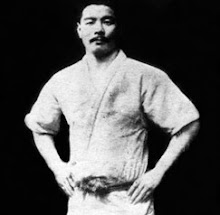
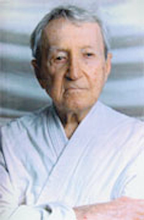

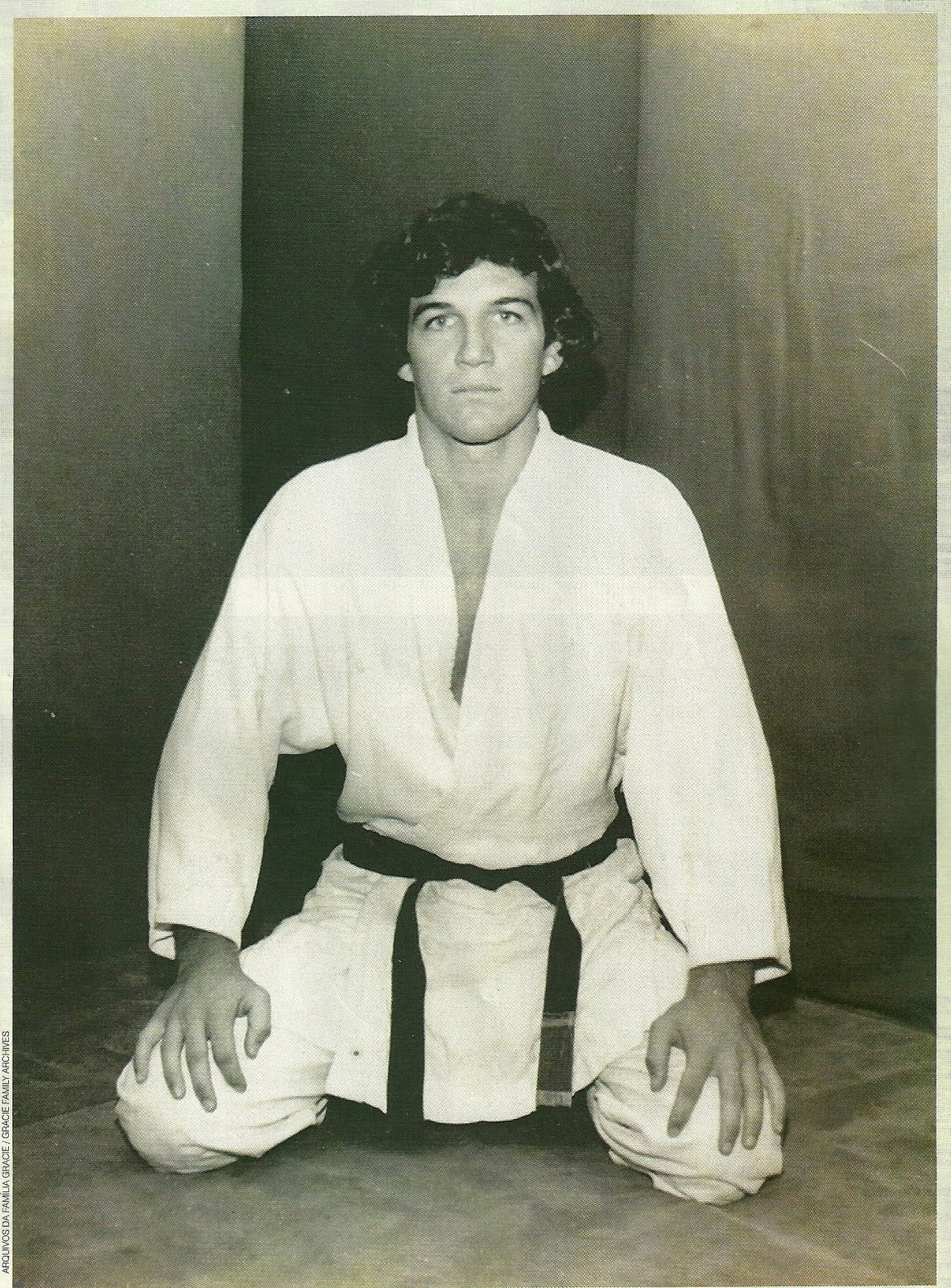
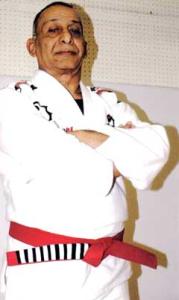
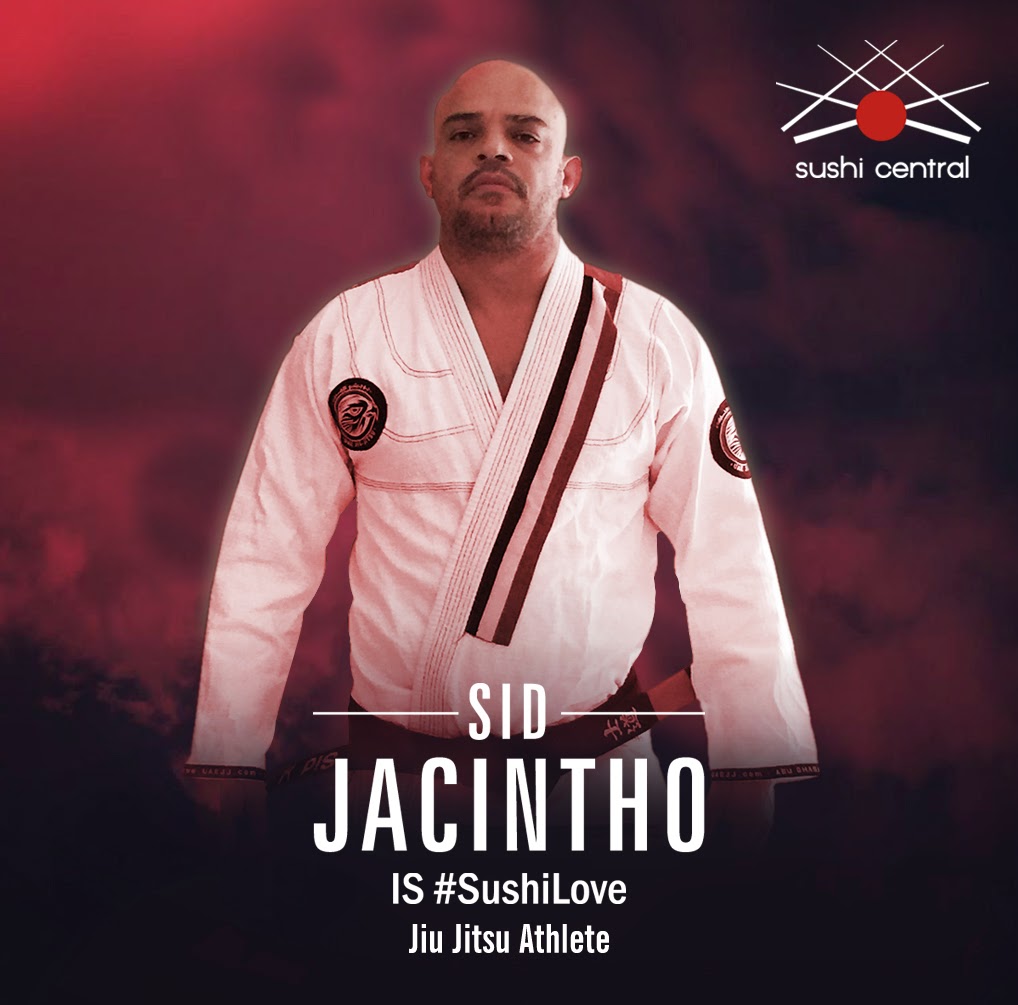

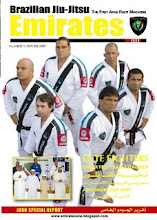
(1)_-_Copy.jpg)